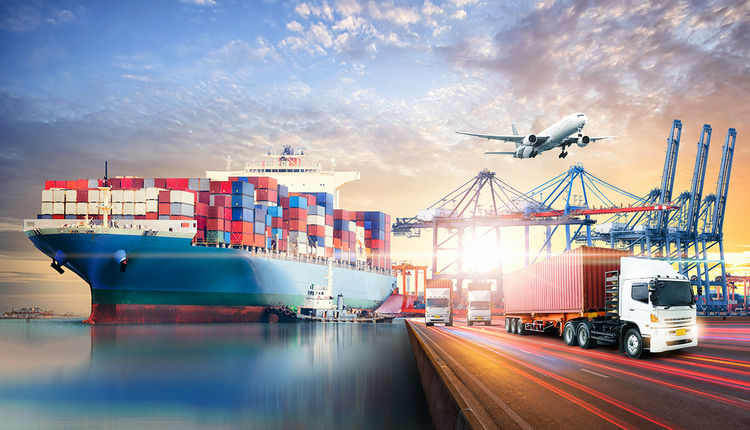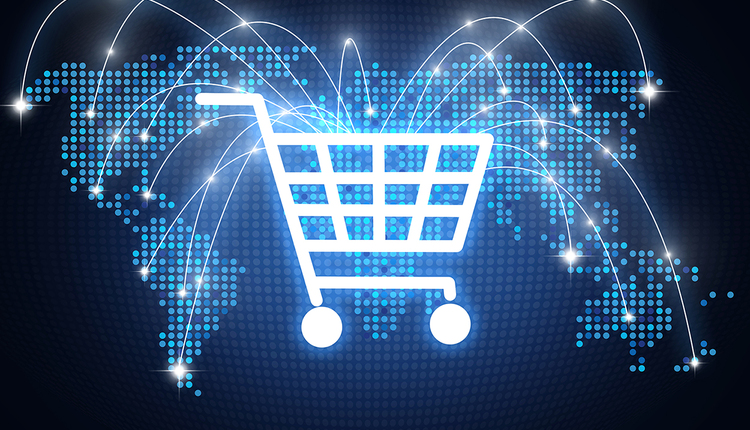2016 ushered in a rising sentiment of populism. The UK vote to leave the European Union and the election of Donald Trump as the 45th president of the United States were among the most visible of the perceived shifts away from globalization. As the UK eventually leaves the European Union, the likelihood of higher costs for cross-border trade with this country is possible whereas the election of Donald Trump could mean an end to trade agreements such as the Transpacific Agreement (TPP) and NAFTA.
As the world seemingly turns its back on globalism, many wonder how it will impact cross-border trade. FedEx and UPS have both been vocal in their support for globalization and strongly oppose restrictions on global trade.
"We have tens of thousands of highly compensated people working for FedEx in the United States who are involved in trade — pilots, mechanics, customs-clearance people, pickup and delivery personnel. That's the story that never gets told when the tragedy of a local plant closing gets put on the TV.” – Fred Smith, CEO of FedEx
"When we look at trade agreements, TPP in particular, we're looking through the eyes of our customers. Our customers are telling us that they need to be able to hit these markets that are covered in TPP. They need some of the complexity taken out of the international trading rules." – David Abney, CEO of UPS.
Rise of Globalization
Since World War II, the growth of globalization has risen steadily. Various publications note that there were four trends that hastened globalization:
· Multilateral trade negotiations of the General Agreement on tariffs and Trade (GATT) - the precursor of the World Trade Organization prior to 1995.
· Liberalization of trade and investments
· Deregulation and privatization of national industries
· Cheaper cost of foreign trade from technological developments in telecommunications and transportation
As globalization grew, outsourcing became a norm for many companies looking to optimize costs. One of the earliest US industries to feel the effects were the apparel and textile manufacturers as many outsourced operations to Latin America and Asia. On the heels of the apparel and textile manufacturers were the high-tech companies and the effect was tremendous. Once China joined the World Trade Organization in 2001, the country became the world’s leading manufacturer producing about 80% of the world’s air-conditioners, 70% of its mobile phones and 60% of its shoes.
As manufacturing spread to emerging markets such as China, India and Southeast Asia, supply chains expanded and integrators like DHL, FedEx and UPS invested in acquisitions and global networks to take advantage of the growth.
The Great Recession
The good times ended in the late 2000s and early 2010s as many large and well established investment and commercial banks in the United States and Europe, which once benefited from over inflated asset prices and risky loans, suffered huge financial losses and for some, bankruptcy. As a result, governments had to step in and bail out numerous business and financial institutes.
At the height of the global recession in 2009, the World Trade Organization reported that global trade contracted 9%. This contraction was in conjunction with rising unemployment and declining commodity prices. Countries such as Brazil, who had become a star in global trade, soon saw its star dim thanks to its overdependence on commodity exports and even six years after the recession, has not fully recovered.
Declines in cross-border small parcel transport were felt by DHL, FedEx and UPS as manufacturing came to almost a complete halt. To stem losses from their respected international divisions, air capacity was reduced and networks were retooled to meet the reduced demand.
The Recovery
The world emerged from the global recession much different. Slower economic and trade growth has defined this period; however, even though e-commerce has been around since the mid-1990s, the burst of technological advances and the rise of unconventional competition in this period has resulted in changes in how industries conduct business. For many, operational efficiencies are becoming a great benefit while for others, the closing of physical stores has become a necessity to survive.
Even the small parcel providers have not been immune to these changes. The rise of e-commerce and Amazon as a logistics competitor, for example, has resulted in DHL, FedEx and UPS investing heavily in sorting facilities, alternative delivery locations, route optimization, cross-border and more to shorten the final mile as parcel volumes continue to grow and margins become more difficult to maintain.
Outlook
Continued sluggish economic and trade growth combined with efficiency gains from technology have helped usher in a period of populism. Supply chains have become global and if forced to, will be difficult to decouple and likely more expensive to operate if reduced.
The 2017 outlook is perhaps one of the most difficult to foretell thanks to political changes yet to be put in place. Still, FedEx and UPS remain positive for the US economy. According to FedEx, US GDP growth is expected to grow to 2.2% in 2017 from 1.6% in 2016. FedEx further noted in its fiscal second quarter earnings report, “Consumer fundamentals remain solid as a tightening labor market supports incomes and spending. Business confidence has also improved, which should translate into greater capital spending next year, especially as the energy sector gradually recovers”.
UPS’ optimism for 2017 is evident with its October announcement of 14 Boeing 747-8 cargo jets, a deal worth $5.3 billion with the first plane scheduled for delivery later this year. UPS will deploy the cargo planes on international routes while shifting some earlier-model 747s to domestic routes.
On the global front, there are risks to the outlook including geopolitical tensions and the possibility of economic policy missteps around the globe. Despite these risks, DHL, FedEx and UPS will continue to invest in global trade and will adjust services and networks in a timely manner to address potential global risks. We further anticipate they will continue to be very vocal in their criticisms of protectionist economic policies.



















